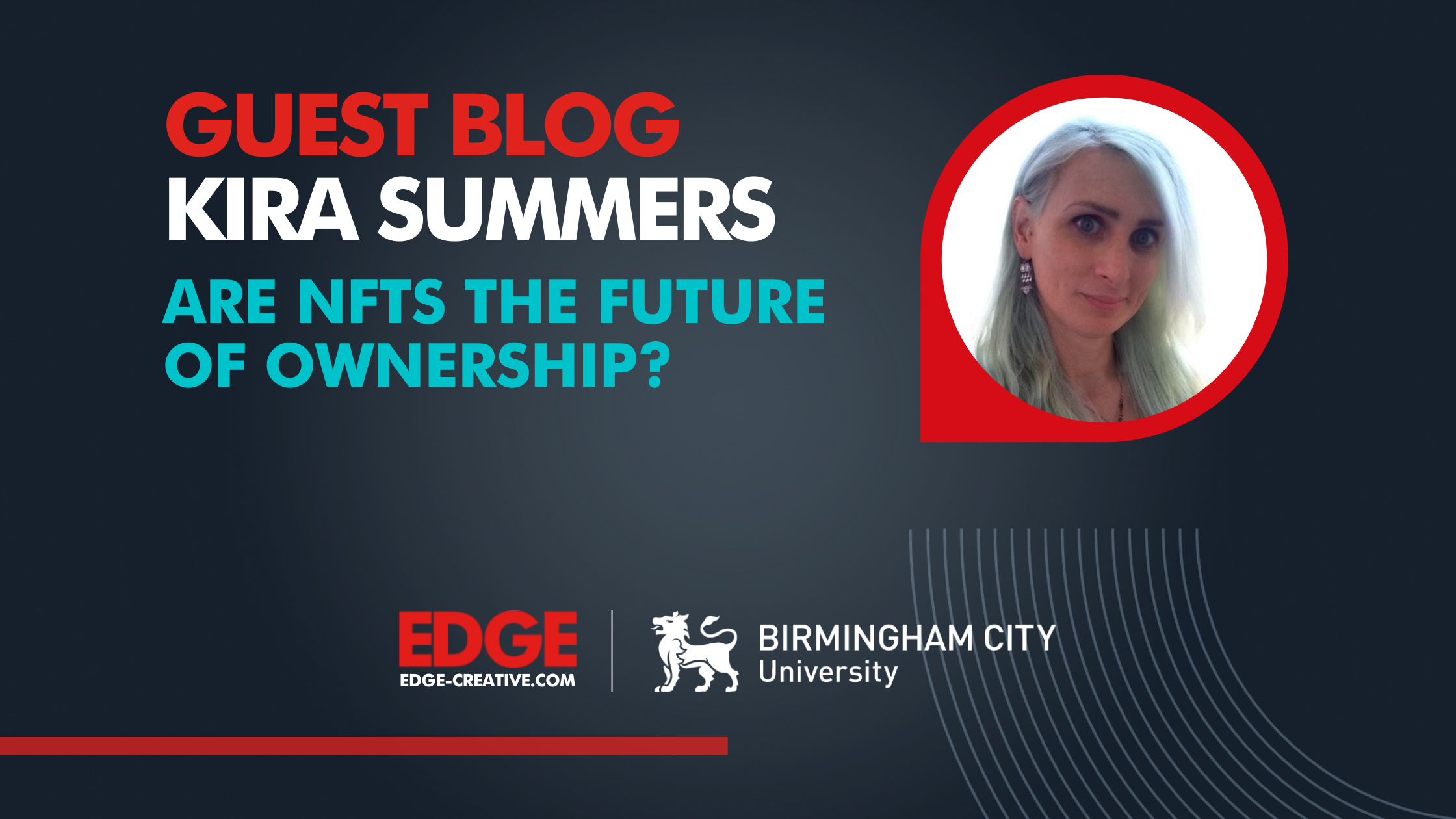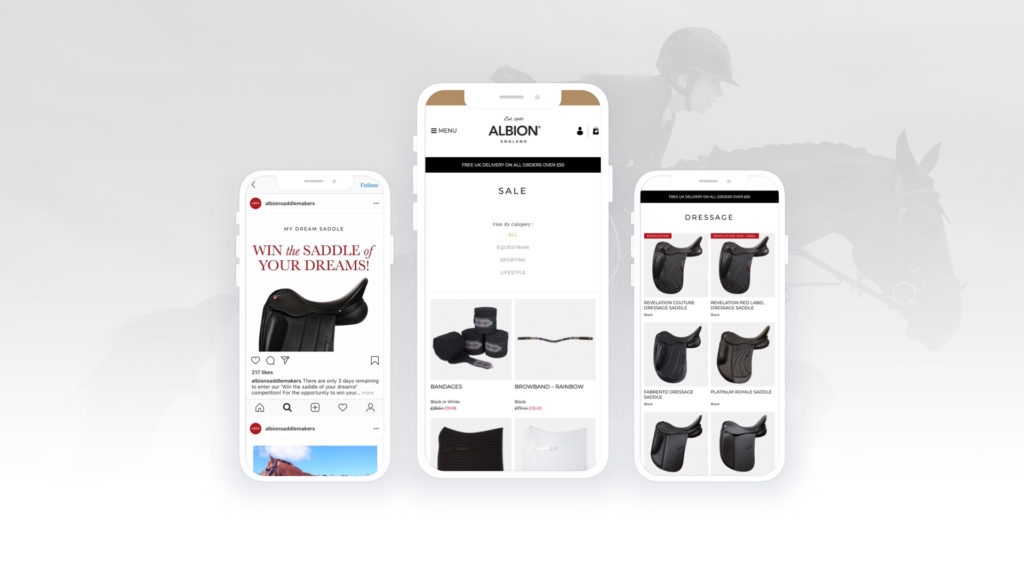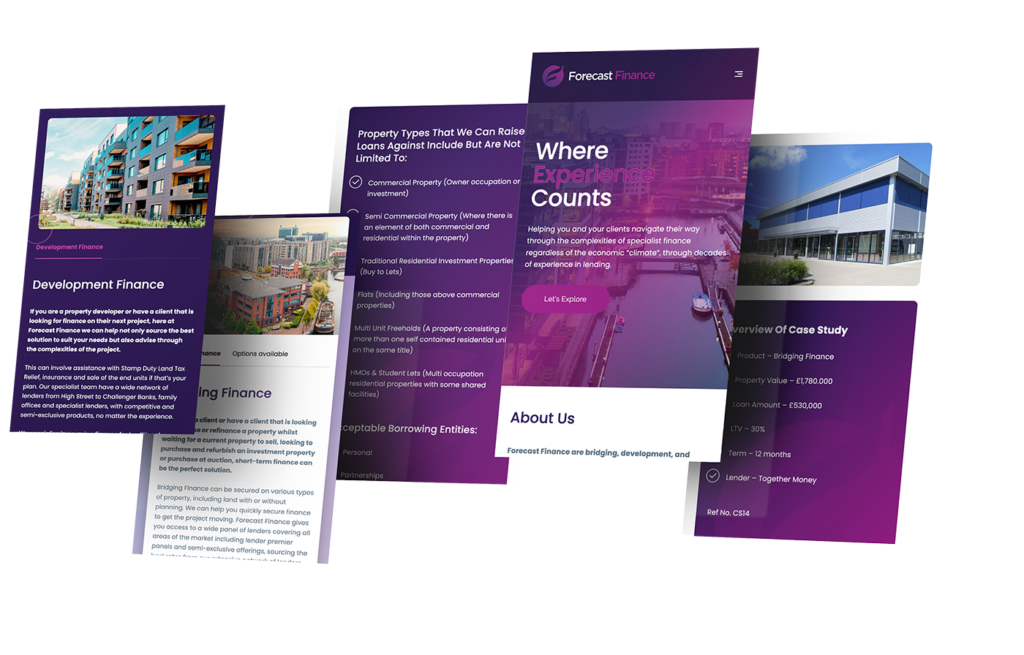Are NFTs the Future of Ownership?

To best understand how to navigate the world of NFT’s you’ll need to know:
The below blog has been written by Akira Summers, a lecturer in Digital Media Technologies at Birmingham City University and a published author of the book Understanding Blockchain and Cryptocurrencies.
NFTs have surged into the limelight recently, no doubt fuelled by climbing sales, massive prices, and celebrity endorsements. It seems that everyone, from Melania Trump to Snoop Dogg, has been getting in on this new trend and have released their own NFT collections. With some NFTs selling for up to $69 million, it’s easy to see the attraction, but very few NFTs are actually worth such eye-watering amounts of money. Considering the wild variation in value and investment in technologies that are not yet understood by most, it would probably be a good idea to first understand what exactly an NFT is.

WHAT IS AN NFT?
NFT stands for “Non-Fungible Token”, which is essentially a unique or irreplaceable digital asset. Normally, with coins and tokens, it doesn’t matter which specific coin or token we have – one is very much like another. If you have a pound coin, it is swappable for any other pound coin. These coins and tokens would be considered fungible.
Some items, however, are not freely swappable. One house is quite different from the next, as is artwork. For example, I couldn’t swap a Van Gough painting for something I produced myself. These items are considered non-fungible.
The tokenisation of an item means that there is a token that represents the item, in a similar way to the deed of ownership representing a house. I could pass around the deed of ownership of that house, as if it were the house itself, because the owner of the deed would also be the owner of the house. An NFT is simply a digital token that represents the ownership of something stored on a blockchain. The owned item could be anything, from online assets to objects in the real world, though most NFTs at this time are of digital artwork and musical assets.
HOW DO BOOKCHAINS WORK?
Put simply, a blockchain is like a big, shared database that no single entity controls. Each computer that holds a copy of the blockchain, rather than following instructions from an organisation, will follow the program’s instructions. They log the transfer of tokens from one account to another, add new transactions to a ledger, and allow anyone to look at the blockchain and see which accounts hold which tokens.
They have become popular for many reasons, but some key attributes that make them desirable are that:
- they have the same rules for everyone, so they are regarded as being fair
- they are always active
- you can create your own tokens relatively easily
- you can build them into your own products to automate and manage funds or items.
HOW DO NFTs HAVE VALUE?
So, if an NFT is a token that is managed on a blockchain, which represents a digital or real-world artefact, why are they valuable? Why would anyone want an NFT of a piece of digital art when they can have a copy of the file for free?
These are surprisingly difficult questions to answer without looking at lots of other abstract or complex concepts about economy and finance. We don’t really have the space to explore these here, but one interesting question that might provide a useful starting point comes from a comparison to real world art…
Most people understand that Van Goughs Sunflowers or Da Vinci’s Mona Lisa both have incredible value. They are highly desirable paintings that would raise millions of dollars at auction, yet you could log onto your favourite search engine today and download a copy of them for free.
Why, then, do they still have such value? And how do we know exactly how much value it has? The same questions are equally valid for sound-based art. Why does an original copy of Sgt. Peppers on vinyl cost many times more than the same vinyl product today?
Well, the simple answer is that value boils down to is desirability. Something’s value is worth exactly as much as what someone else will pay for it!
You might be scratching your head and thinking “that’s all well and good, but how do I know if this NFT will be worth anything in the future?” – The short answer is you don’t! Just like art collectors might buy paintings from up-and-coming artists, in the hope that they become the next David Hockney, people are speculating on the NFT market, buying NFTs and hoping that they will be more valuable in the future.
SHOULD YOU MAKE NFTs?
Though purchasing NFTs comes with a lot of risk, making NFT collections is significantly less risky, particularly if you have existing artwork that you can use without further time investment. It is relatively easy to use services such as OpenSea to create NFTs of your own artwork and deploy them onto various blockchains. The price to create or ”mint” your own NFTs vary according to which blockchain you deploy to, but there are free options.
Most NFT sales at the moment seem to be from collections of themed NFTs including CrypoPunks, the Bored Ape Yacht Club and Azuuki. If you are considering creating NFTs it would be well worth looking over the NFT marketplaces and the collections that they hold.

If you want to read more about how blockchains work, a great starting point would be my book “Understanding Blockchains and Cryptocurrencies” by Akira Summers.
EDGE’S MARKET SIGHT
Whether NFTs are here to stay or not is yet to be seen, but if they do end up becoming a common method of ownership and authentication, the way we market products may need to change. A shift towards digital ownership would likely come with security worries and a change in mentality regarding how we view online transactions. These would need to be addressed in any marketing campaign.
Plus, as time advances, digital products are becoming more and more commonplace, which already brings in to question the way society advertises online. Marketing is inherently focused on visuals, but how could this change when the product in question is an audio asset stored on the blockchain?
If you’d like to be prepared for any potential changes in the consumer market, or would like your brand presence amplified online, work with us. We are a leading marketing agency in Birmingham offering comprehensive services across all aspects of online and offline advertisement, from search engine optimisation to offline printing services and much more.
For more information on how we can increase the reach of your business, contact us on 0121 355 8092 or e-mail us at info@edge-creative.com.
PLEASE NOTE:
The value of any investment you choose to make can go down as well as up, and you are not guaranteed to receive the full amount you paid for any NFT purchase when reselling. NFTs and Cryptocurrencies are a new and volatile asset which require a deep understanding of the technology behind them to trade effectively. As with any investment, your capital is at risk.

















